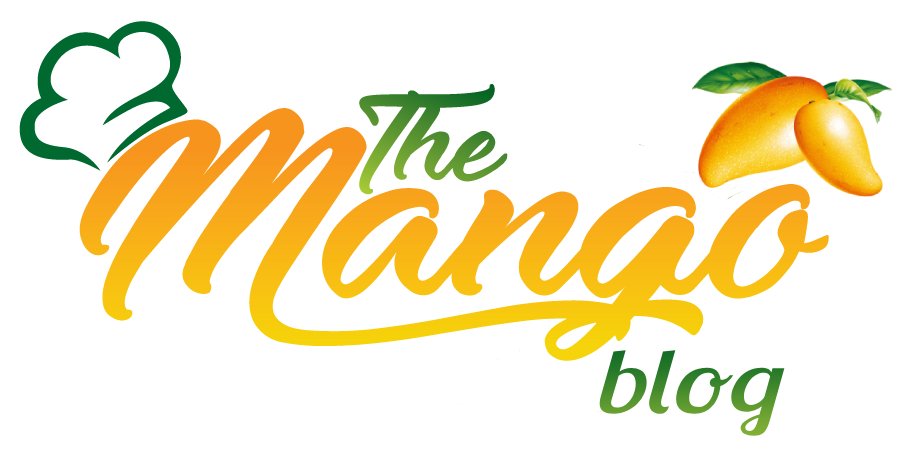
Ever stopped to ponder what happens to your coffee cup after savouring that hot latte at the start of every workday? Ever imagine the sheer number of cups waiting in landfill sites to decompose after that fleeting moment of utility is completed? This post will put a spotlight on a topic most of us overlook: the environmental implications of disposable coffee cups and sustainable alternatives waiting to replace them.
Disposable products made of paper, cardboard, Styrofoam, and plastic seem rather innocuous, especially when they’re part of our daily routines. However, we often brush over their environmental impact. Notably, disposable coffee cups that largely contribute to the City’s waste stream have gained little attention compared with other items like plastic bags.
Our beloved but potentially damaging flat white is a nuanced problem of consumption, waste, and recycling that requires further attention. Within this context, we’ll explore the impact of disposable coffee cups and throw focus on solutions that counter the environmental setback. This includes a look at sustainable alternatives, shedding light on accessible switches that make a better brew for the world around us.
Alarming Stats: Why the Concern?
The whole world seems to run on coffee. One disposable cup may not seem like much, but when billions of cups end up in landfills every year, the combined effect is catastrophic. After the quick quench, these cups not only accumulate but also take a staggering amount of time to degrade.
While the exterior cardboard sheath of the cup decomposes, the inner plastic lining remains intact for decades, causing a setback to the environment. Additionally, in heavily caffeinated cultures, millions of trees are cut annually to feed the demand for paper cups, escalating deforestation rates.
What are the Implications?
The consequences of disposable cups are multifaceted and far-reaching. Let’s zoom in on its life cycle: from raw-material extraction and processing to cup manufacturing and waste disposal. Each stage indirectly contributes to air and water pollution, depletes natural resources, and contributes massively to waste that landfills can’t contain.
Furthermore, facilities that manage these cups frequently operate in countries disadvantaged by low wages and poor working conditions, adding additional ethical implications to consider.

disposable coffee cup
The Current Scenario: Are we Doing Anything?
Positive change is afoot but slow. Awareness about the coffee cup conundrum is rising, and initiatives like ‘cup return and refill’ schemes are springing up. However, the environmental footprint of a ‘throw-away culture’ still thrives, reducing the impact of the positive moves.
Meet the Alternatives: The Sustainable Front Runners
Luckily, today more than ever, innovation offers us attractive, affordable alternatives. From reusable cups, plant-based biodegradable cups to cups made from recycled materials, choices abound. Moreover, some coffee retailers offer incentives for carrying your own cup, making environmental consciousness a win-win situation.
The Culture Shift: Opportunities in the Café Industry
For the café industry, this presents an opportunity to rise to the challenge of sustainable responsibility, innovating their daily business practices. As consumer consciousness grows, businesses that incorporate sustainable practices will invariably be in the spotlight, earning them increased customer loyalty and a competitive advantage.
Small Changes, Big Impact: The Role of Consumers
Change begins with consumers. We need to address our coffee-drinking habits. Opting for sit-in coffee in ceramic mugs, bringing our reusable cups or choosing cafés with sustainable practices could be the first few steps we take towards making a difference.
Alarming Stats: Why the Concern?
The whole world seems to run on coffee. One disposable cup may not seem like much, but when billions of cups end up in landfills every year, the combined effect is catastrophic. After the quick quench, these cups not only accumulate but also take a staggering amount of time to degrade.
While the exterior cardboard sheath of the cup decomposes, the inner plastic lining remains intact for decades, causing a setback to the environment. Additionally, in heavily caffeinated cultures, millions of trees are cut annually to feed the demand for paper cups, escalating deforestation rates.
What are the Implications?
The consequences of disposable cups are multifaceted and far-reaching. Let’s zoom in on its life cycle: from raw-material extraction and processing to cup manufacturing and waste disposal. Each stage indirectly contributes to air and water pollution, depletes natural resources, and contributes massively to waste that landfills can’t contain.
Furthermore, facilities that manage these cups frequently operate in countries disadvantaged by low wages and poor working conditions, adding additional ethical implications to consider.
The Current Scenario: Are we Doing Anything?
Positive change is afoot but slow. Awareness about the coffee cup conundrum is rising, and initiatives like ‘cup return and refill’ schemes are springing up. However, the environmental footprint of a ‘throw-away culture’ still thrives, reducing the impact of the positive moves.
Meet the Alternatives: The Sustainable Front Runners
Luckily, today more than ever, innovation offers us attractive, affordable alternatives. From reusable cups, plant-based biodegradable cups to cups made from recycled materials, choices abound. Moreover, some coffee retailers offer incentives for carrying your own cup, making environmental consciousness a win-win situation.
Small Changes, Big Impact: The Role of Consumers
Change begins with consumers. We need to address our coffee-drinking habits. Opting for sit-in coffee in ceramic mugs, bringing our reusable cups or choosing cafés with sustainable practices could be the first few steps we take towards making a difference.
Conclusion:
As we finish another cup of our beloved brew, let’s remember the often-ignored price we and our environment pay for it. Throwing away that nonchalantly used cup is also chucking away valuable resources and endangering the fauna.
While the coffee cup situation is a tiny segment of our monumental waste problem, it’s an attainable one to solve. Eating establishments can lead the cultural shift by adopting sustainable practices, and we, the consumers, can direct meaningful change by simply switching our coffee-cup habits. Weighing convenience against conservation is today’s question. And if we respond mindfully, we can steer towards an eco-friendly change, one cup at a time.





